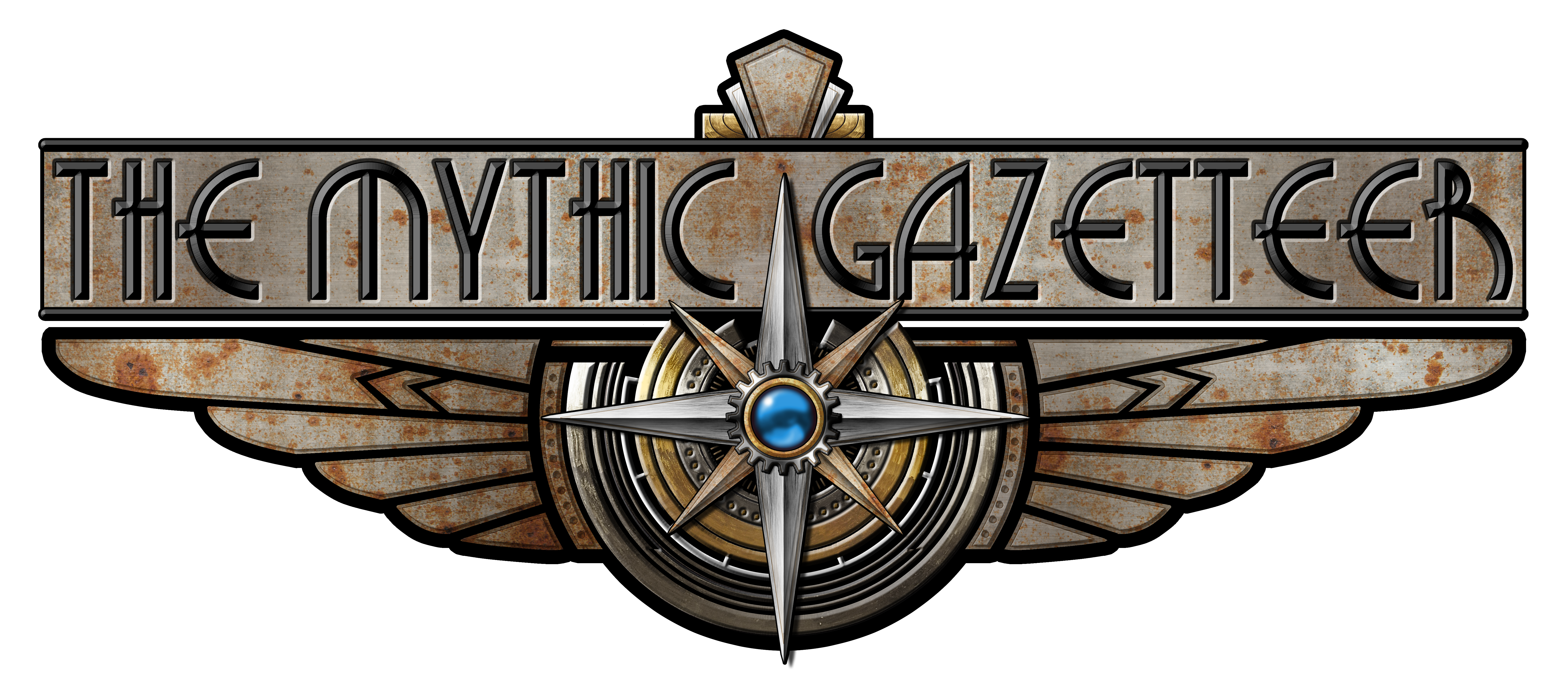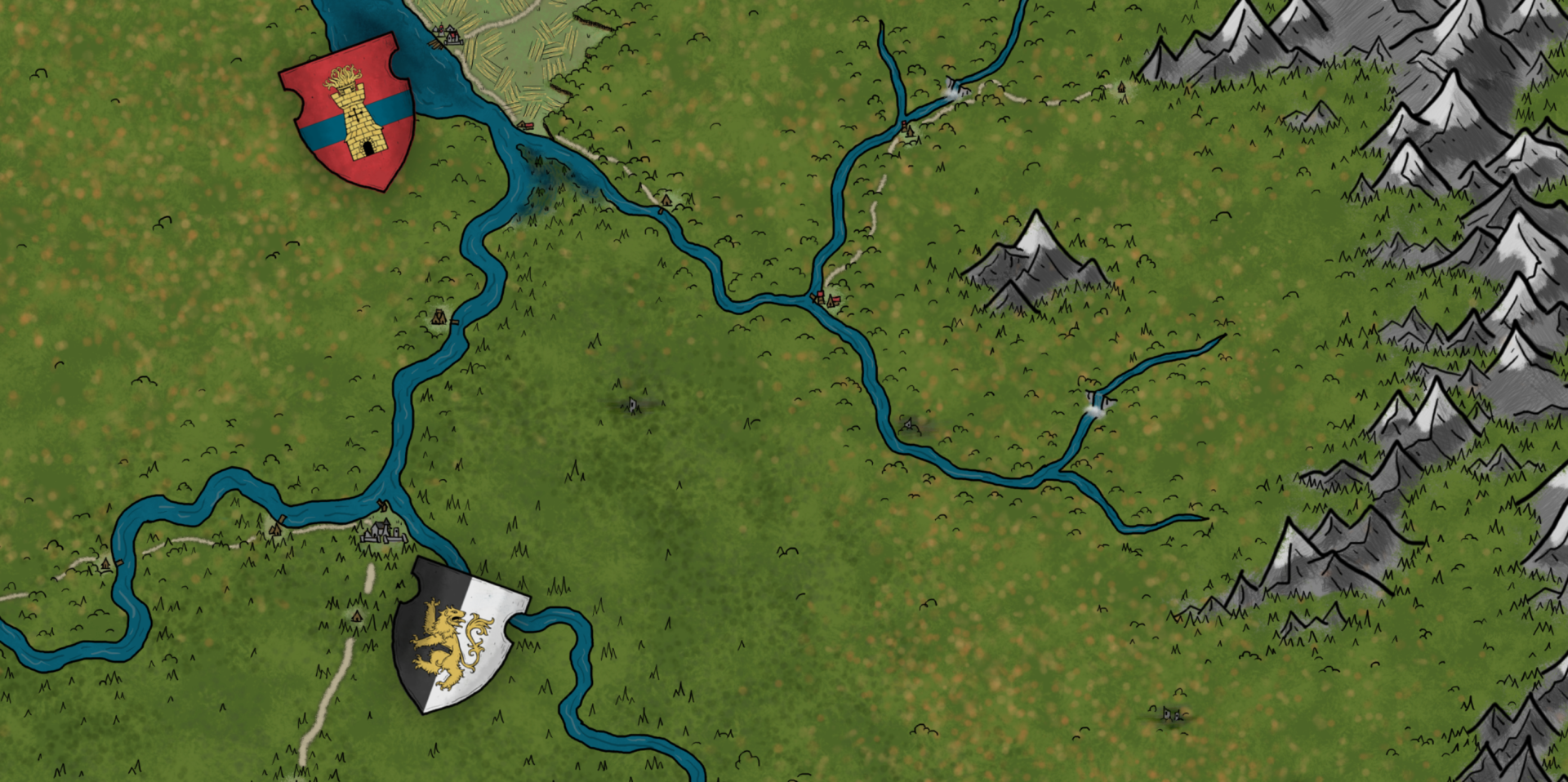This morning on the way to work, I listened to Adaptation, one of the recent episodes of the Savage Worlds GM Hangout. The guys touch on how to adapt settings like Firefly and Ghostbusters to the Savage Worlds system, so check it out if you’ve ever wanted to play a popular setting with the Savage Worlds rules. Word to the wise: there’s a spoiler for the TV show Black Sails about 20-30 minutes into the episode.
More than any other setting, the guys focus on Star Wars in this episode. One of the things they said in particular reminded me of something I’ve been playtesting recently. They talked about the great duels of the Star Wars saga: Luke and Vader on Bespin, Qui Gon, Obi Wan, and Darth Maul in The Phantom Menace, etc. In each of these duels, the combatants move through varied terrain that can be utilized by the combatants. Vader throws crates and machinery at Luke on Bespin. Darth Maul separates Qui Gon and Obi Wan with the help of those laser gates. We see this in Star Wars and in every other movie with a climactic sword fight.
A common complaint of RPG combat is that it often boils down to “I attack Goblin #4 for… 6 damage.” This is especially true for theatre of the mind gameplay, which doesn’t provide players with any visual aids to help them find opportunities for daring actions. How can we provide that for players without asking them to invest in terrain and minis, arguably the most expensive part of the hobby?
Hippy Set Design
In theatre of the mind games, every player is already a contributor to the game world. The Gamemaster describes a scene, but the players each fill in the details for themselves. I love this setup, because it allows players to suggest thing I might not have thought of myself. For example, I’m confident any market square will have stalls and shops all around, but my eyes light up when a player asks “is there a fountain where I could drown this enemy?” There is now!
To help facilitate this (and to foster the collaborative nature of theatre of the mind), I’ve been refining an easy mechanic to build terrain with the players:
- The Gamemaster describes the battleground in broad strokes, then singles out two terrain features in particular. Write these features down on two separate index cards. When describing this terrain, it’s important to consider the combat options available in your system. In Savage Worlds, this includes Cover, Tricks, Grappling, etc.
- The Gamemaster should ask the players to submit two more terrain features that would likely be present on the battleground. Write these on index cards as well. The number of player submissions might increase depending on the size of the battleground but it shouldn’t be more than 3-4 total. It’s important not to overwhelm the encounter with options.
- The Gamemaster should pick one of these features (either her own submission or one of her players’) and mention some way that feature could dramatically change the battle. Perhaps some scaffolding could be collapsed, underbrush could catch fire, etc.
- The Gamemaster should ask her players to create one more way one of these features could dramatically change the battle.
- Write these transformational qualities down on their respective index cards, then place all the cards in an easily visible place.
For example, let’s say I’m the GM and I set up a fight in a tavern. “The Adverb Noun is a wide tavern with an arched ceiling, crowded with an array of questionable figures. They turn and raise their fists!” Then I might say “the tavern is full of small, round tables scattered around the space, each with a number of chairs or stools around them. A wooden chandelier hangs down near an ascending staircase in the middle of the tavern.” I’d write “round tables” and “wooden chandelier” on index cards, trusting the players to remember the rest of the description.
Then the players suggest two more elements: a feasting table beneath the chandelier, and glass windows along the front wall. I write of these down, then say “the glass windows would cut anyone thrown through them.” I write “slashing hazard” beneath “glass windows” on the index card. Then one of the players suggests that the chandelier could be sent crashing into the table by cutting the rope holding it in place. I write “crushing hazard” on the chandelier card, and we’re good to go.
(Note: It’s important to let the players know that the round tables and feasting table could also be used in the fight. Leaving them blank just gives players a chance to come up with something on the fly.)
Chewing the Scenery
Now, players can point to one of the index cards and say “I’m over here.” Any enemies who attack them in melee range will be in the same location, so either side could make use of the terrain. But an important part of these cinematic duels is not merely that there is terrain the combatants can use, but also that they can drive the fight to different areas of the terrain. Think of all the traveling done by Inigo Montoya and the Man in Black during their chatty duel in The Princess Bride.
In Savage Worlds, a character who wants to move to another area must disengage with their opponent, which prompts a free attack from that opponent. This is an incentive for the combatants to stand still until one of them is defeated. To encourage more movement, create a setting rule where whichever opponent has the higher initiative card is able to move both combatants to a new area with a successful opposed Agility check. Depending on the tone of your setting, it might make sense for this opposed check to be a free action, so as not to incur a Multi-Action Penalty.
The Playtest
I’ve used this technique in about half a dozen sessions at this point. It’s not as robust as using terrain and minis, but it’s proven to be an effective way to get players to consider their terrain when there are no other visual aids available. I haven’t tried the component where an opposed check can move combatants to a different section, but I’m excited to give it a try in my next game.
As a GM or a player, what tricks have you employed to make combat more cinematic? I’m sure there’s some insight out there can could improve what I’ve already developed.


2 thoughts on “A Good Fight Needs Good Scenery”
I like this idea a lot, and agree a bit of movement and improv with scenery is good fun. I would probably not bother with the index cards, but perhaps that is something more relevant to Savage Worlds (which I am not familiar with).
Thanks for commenting, Steve! The index cards aren’t relevant to Savage Worlds specifically, but I found they’re helpful to remind the players of their options. A lot of my players are fairly new to RPGs, so their minds are already full just remembering the basic mechanics of the system. Putting the index cards in front of them was an easy way to keep things clear.
Comments are closed.